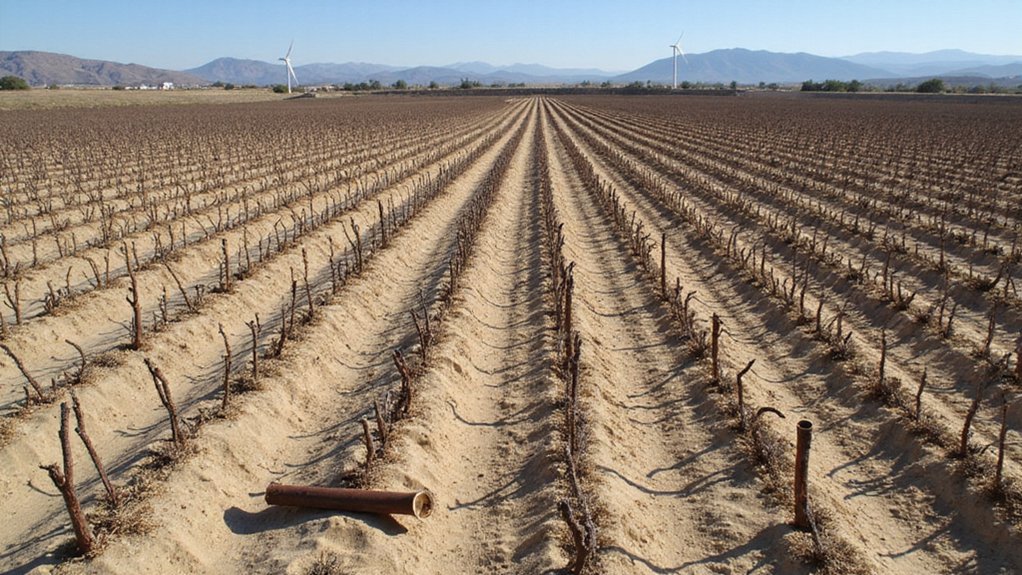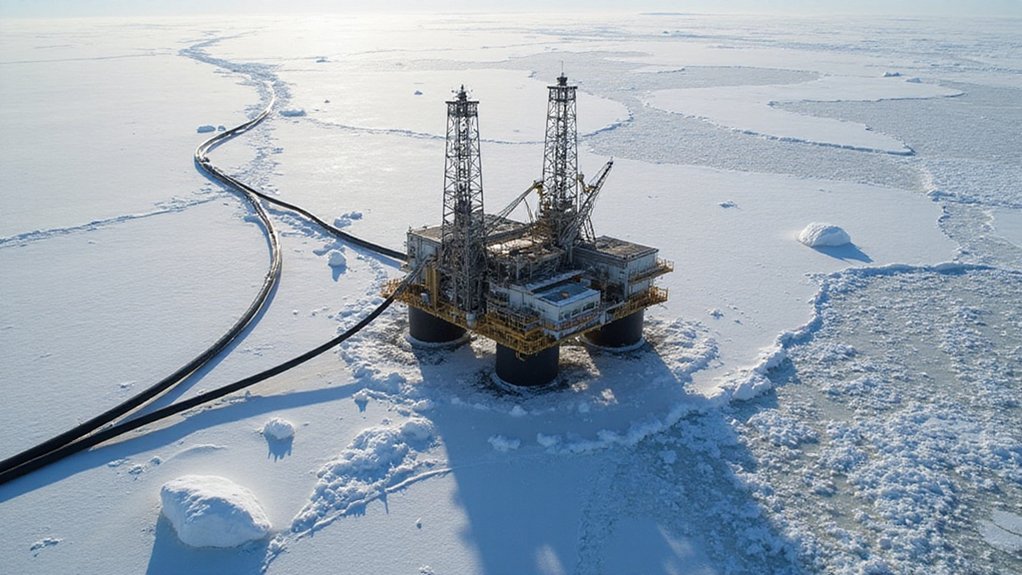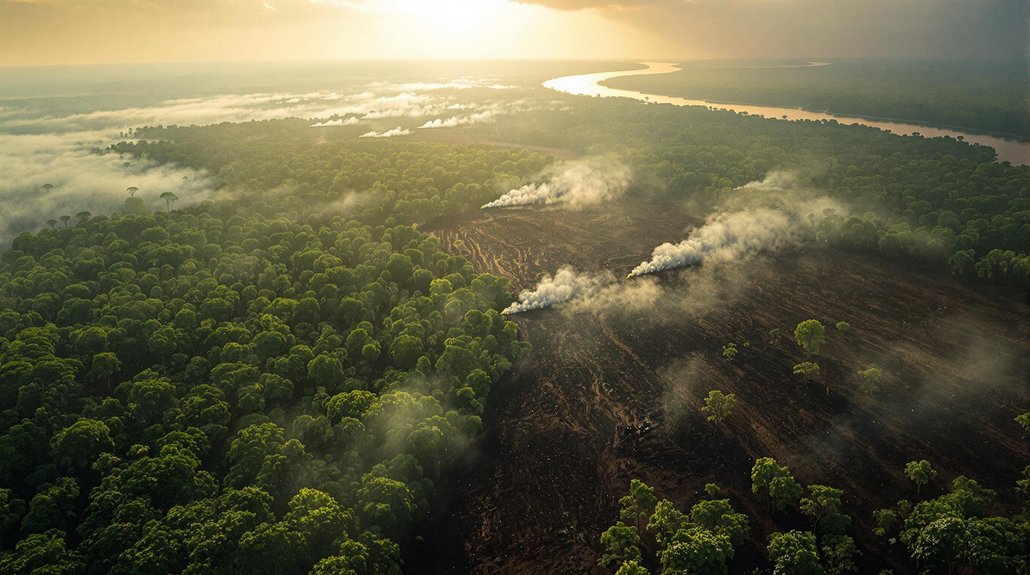As temperatures rise across Spain, the country’s famous wine regions face an uncertain future. Scientists predict that intense heat will hit central and southern Spain hard by the end of this century. The warming could make it impossible to produce high-quality wine in the south.
Spain’s Mediterranean coastline and central areas will see less fresh water available. This means grapes won’t grow well in these regions. The excessive heat could stop grapevines from growing properly in southern Spain. Many vineyards there may have to close down.
Northern Spain tells a different story. Areas in the north and northwest might actually benefit from warmer weather in the coming years. These regions could become Spain’s new wine strongholds. Northern valleys and coastal areas may see better conditions for growing grapes.
But there’s a catch. While northern regions might grow more grapes, the quality could drop. Warmer temperatures mean grapes with less acid and more sugar. This creates wines with higher alcohol content and different flavors than traditional Spanish wines.
The economic impact looks severe. Southern vineyard regions face serious financial threats. As productivity drops, local economies that depend on wine could lose jobs. Tourism might decline too. Vineyard owners may need to spend lots of money moving their operations north. Erosion rates in Mediterranean vineyards already represent significant income loss, adding another financial burden to struggling wine producers. Spain’s wine industry contributes 2.2% to GVA, making these climate risks a threat to the national economy.
Spain’s wine industry isn’t sitting still. They’re working to reduce carbon emissions, with 92% coming from indirect activities. Farmers are testing new grape varieties that can handle heat and drought better. They’re also improving irrigation systems and water conservation methods.
The changing rainfall patterns bring new problems. Different diseases could attack the vines. Farmers will need better pest management strategies to protect their crops.
Wine consumption in Spain grew by 1.3% year-on-year through July 2024. But climate risks threaten the long-term supply. If global warming continues past 2100, even the northern regions might lose their advantages.
Spain’s wine regions demonstrate how climate change forces entire industries to adapt or disappear. The famous vineyards that have defined Spanish culture for centuries must now reinvent themselves or face extinction.
References
- https://www.climatechangepost.com/countries/spain/viniculture/
- https://libres.uncg.edu/ir/asu/f/Hewitt-Castillo
- https://ineditinnova.com/en/estrategies-del-sector-vitivinicola-per-reduir-la-seva-petjada-de-carboni/
- https://eos.org/articles/climate-change-threatens-70-of-winemaking-regions
- https://apps.fas.usda.gov/newgainapi/api/Report/DownloadReportByFileName?fileName=Spain+Wine+Sector+Outlook+2024_Madrid_Spain_SP2024-0023.pdf









